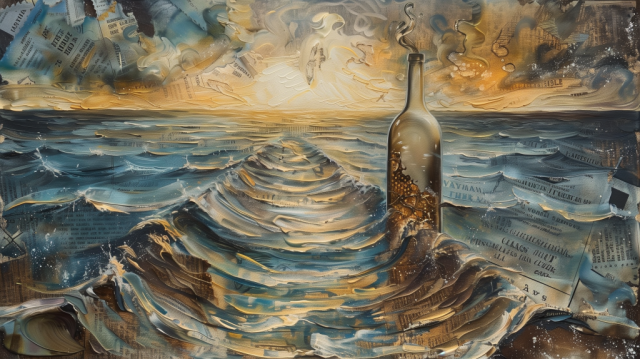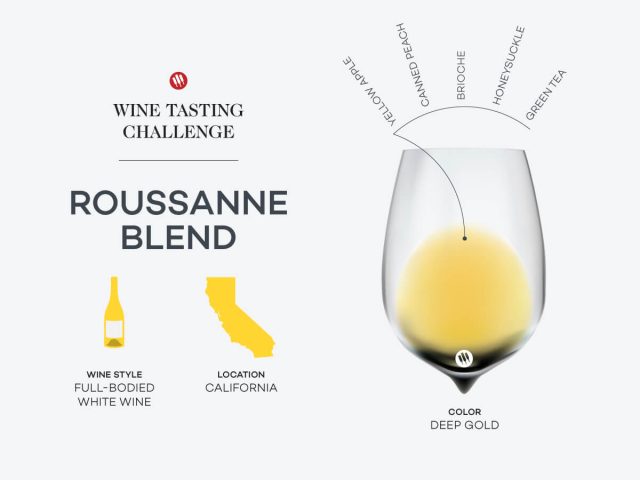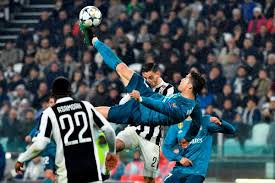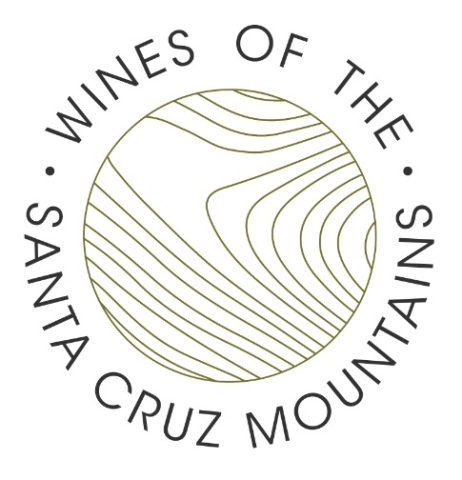On terroir, and the vine’s microbiome
Doesn’t it seem to you like these stories lately about microbes in soil affecting wine are making the concept of terroir even more complicated than we thought it was? We used to think terroir was a matter of the physical structure of the soil and the climate, or meso-climate, of the vineyard. John Winthrop Haeger, in his encyclopedic “North American Pinot Noir,” interpreted the soil part to include “orientation and aspect,” and possibly the “chemical composition.” But he said nothing about microbes.
Emile Peynaud, the great French enologist, in “The Taste of Wine” similarly referred to terroir’s “combination of site and soil,” and while he differentiated between “surface soil [and] subsoil and its water content,” he, like Haegar, has nothing to say about microbes. (For the record, as I’ve pointed out before, Peynaud takes note of the hand of man in crafting wine’s qualities in introducing the word “cru” to denote the combination of terroir and human intervention.) Even as hardcore a scientist as Clark Smith, in “Postmodern Winemaking,” refers to no fewer than “sixty five data dimensions” in soil analysis, but they have to do with structure, chemical composition and water content—not microbes.
So if this new report on the “wine grapevine’s microbiome,” published by the American Society for Microbiology and widely reported in scientific media, is true, we’re looking at a vastly more complex explanation of terroir than anyone has envisioned up to now. The study looked at “how different bacteria colonize these plants [i.e. grapevines] and also how those microbes might ultimately contribute to the wine’s sensory properties.” The study found a very close connection—almost an identity—between the “bacterial species found in the plant [and] the soil it was growing in.”
While one of the scientists who conducted the study, Jack Gilbert, conceded that “We don’t have evidence that bacteria are specifically contributing to terroir,” he firmly concluded that “those bacteria are affecting the chemistry of the plant,” which seems to pretty conclusively state that the microbes are, in fact, impacting terroir, since the chemistry of the plant obviously plays a large part in the qualities of the wine made from it.
The thing that puzzles me is this statement from Gilbert, which really requires more explanation than I’ve been able to find. “No matter where you are in the world, the types of bacteria growing on or in Merlot grapes are quite similar.” Gilbert looked at Merlot grapes or wine from Long Island, Bordeaux and California and found “similar bacteria species” in them all. Several things are unclear. Were the Merlot microbes also found in lab specimens of other grape varieties and wines? Were the Merlot bacteria substantially different from the bacteria associated with other varieties? Why should plants growing as far apart as California and France all possess similar bacteria? Does this suggest that Merlot itself can only thrive in the presence of certain bacteria?
I hope the scientists do a lot of followup work in these areas. This entire conversation about terroir has been stuck in a ditch for decades, and important new discoveries in the vine’s microbiome may help to push it forward. It will certainly give wine writers a whole new area to write about.
(c) STEVE HEIMOFF| WINE BLOG – Read entire story here.




